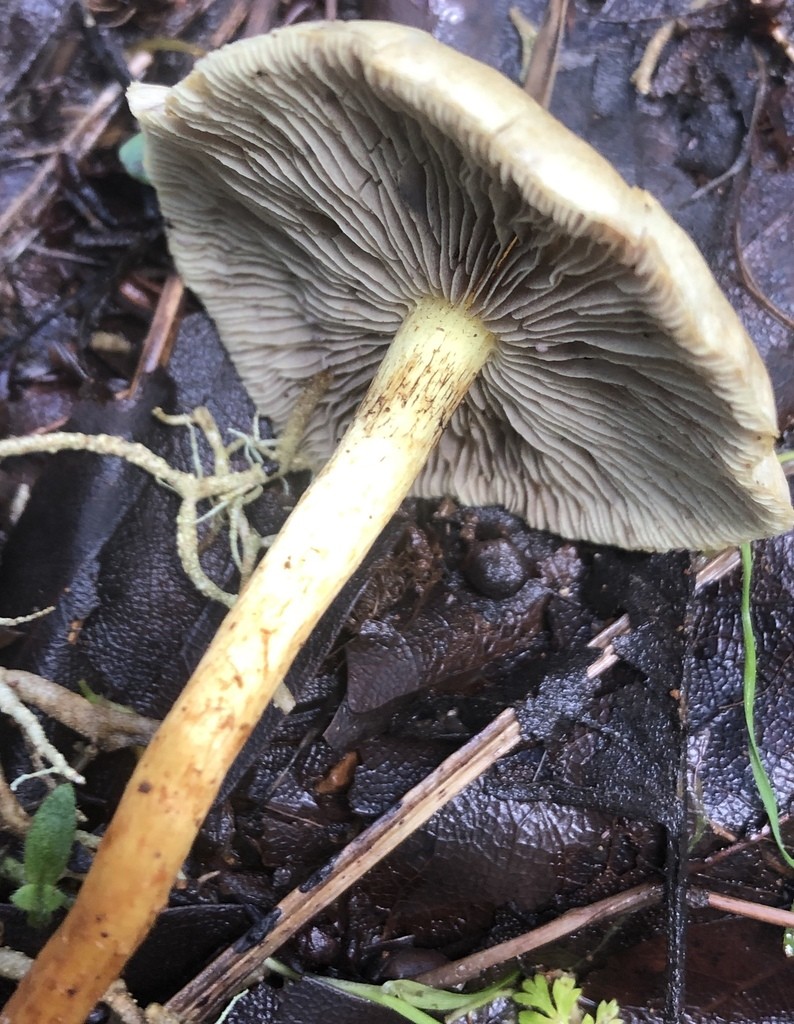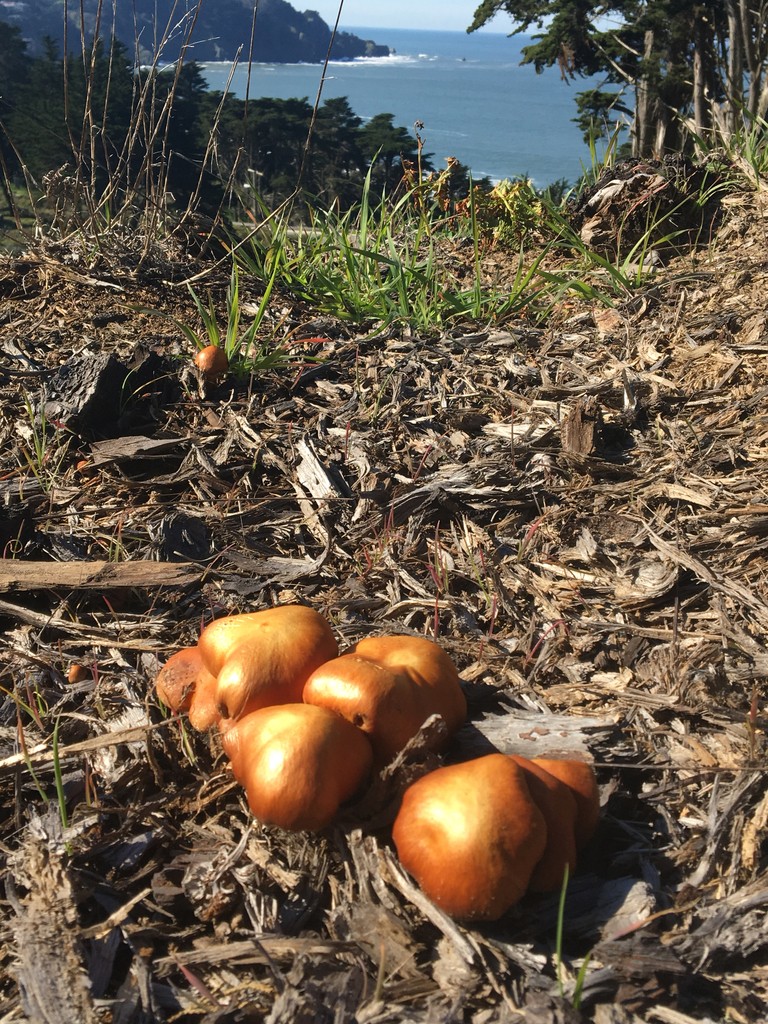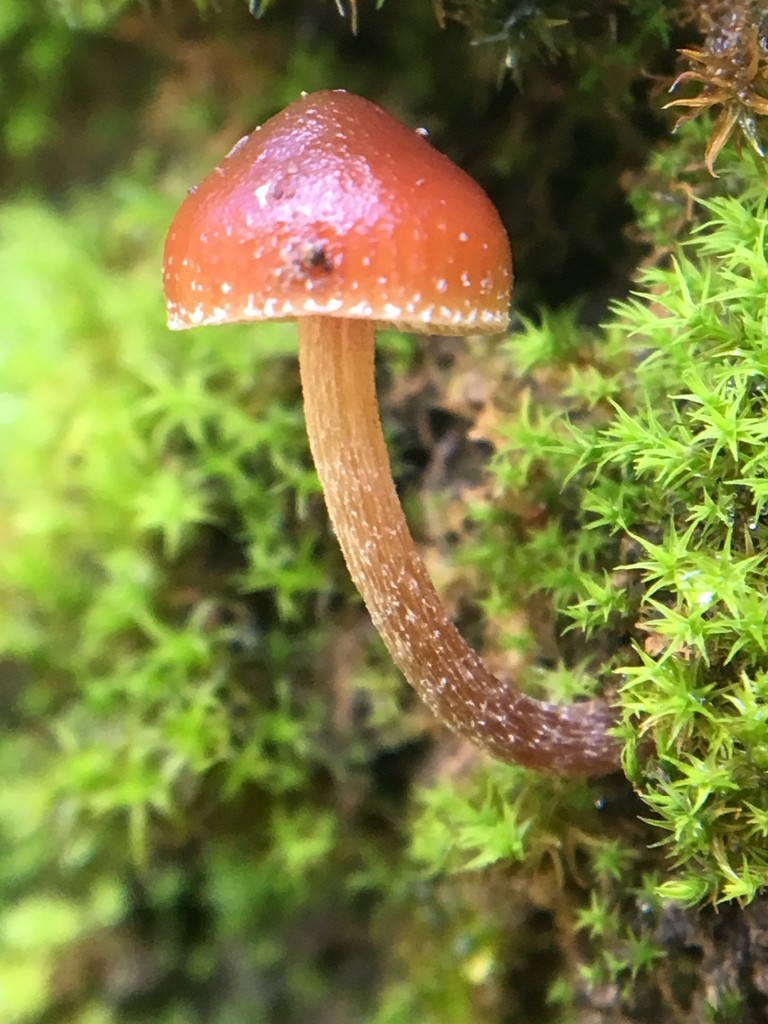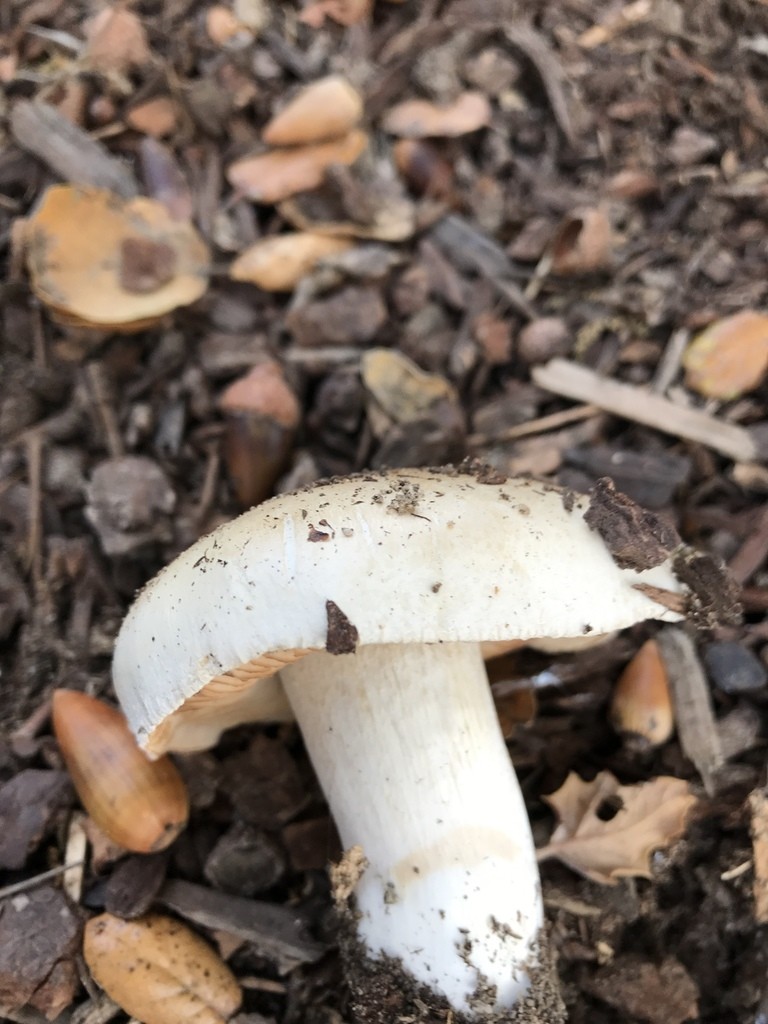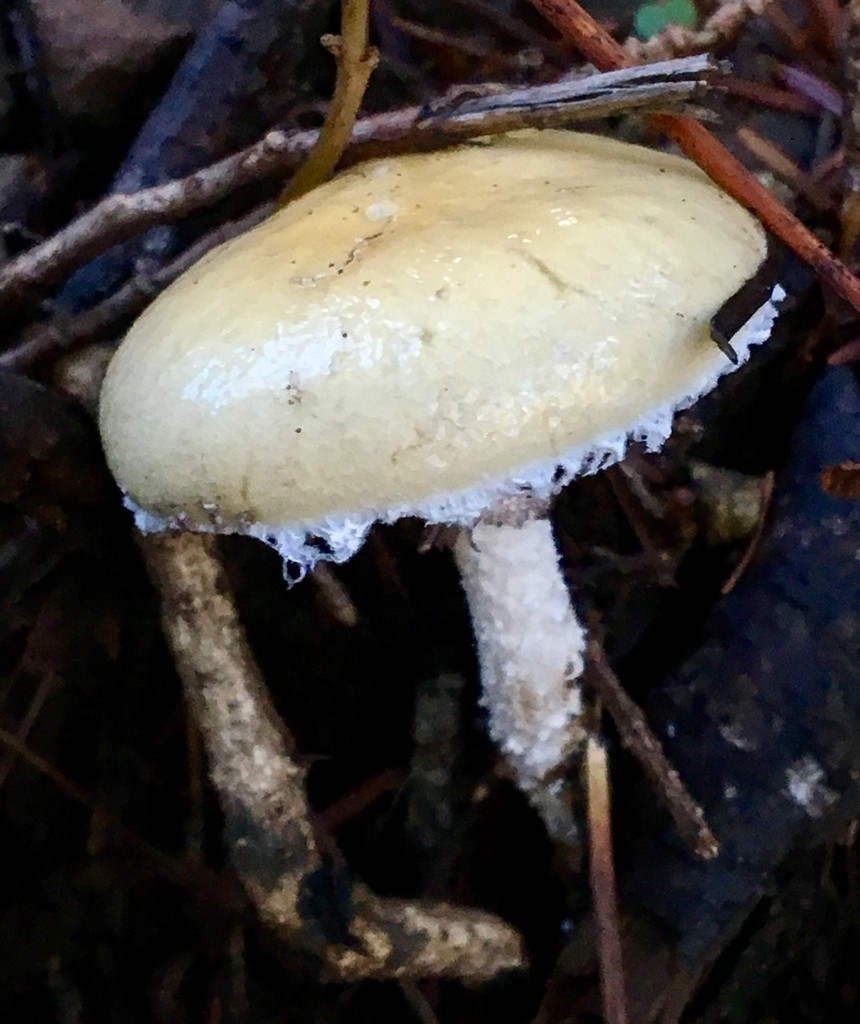Hymenogastraceae
Scientific name: Hymenogastraceae
Hymenogastraceae
Scientific name: Hymenogastraceae
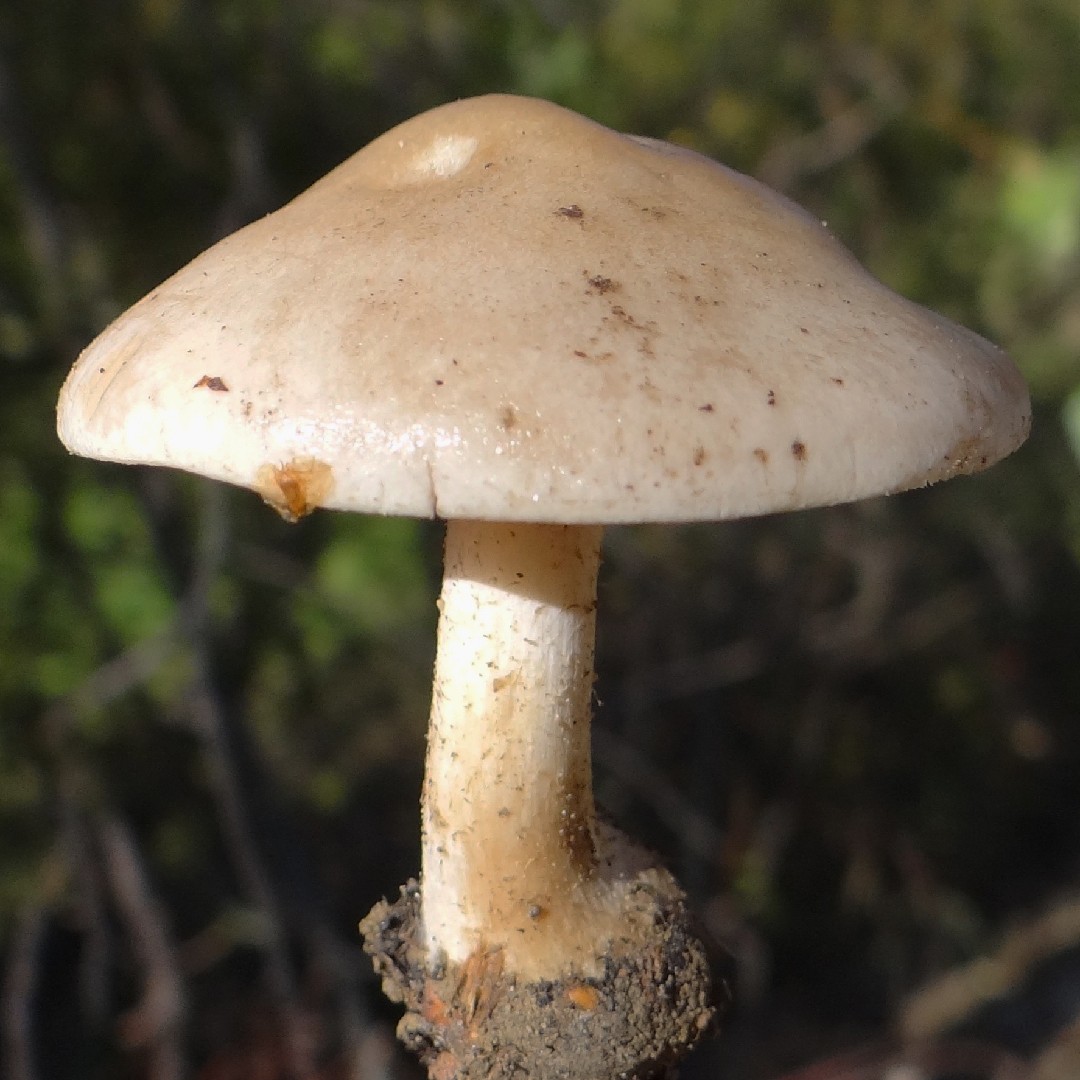 Photo By Jerzy Opioła , used under CC-BY-SA-4.0 /Cropped and compressed from original
Photo By Jerzy Opioła , used under CC-BY-SA-4.0 /Cropped and compressed from original Description
Its most famous species is Hypholoma fasciculare. The hemispherical cap can reach 6 cm in diameter. It is smooth and sulfur yellow with an orange-brown center and whitish margin. The crowded gills are initially yellow but darken to a distinctive green color as the blackish spores develop on the yellow flesh. It has a purple-brown spore print. The stripe is up to 10 cm tall and 1.02 cm wide, light yellow, orange-brown below, often with an indistinct ring zone colored dark by the spores. The taste is very bitter, though not bitter when cooked, but still poisonous.
